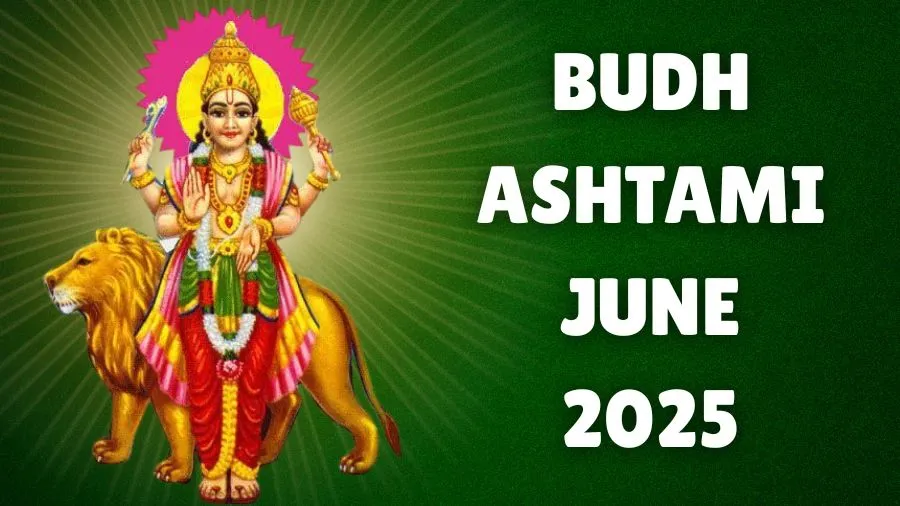- By Kashish Rai
- Wed, 18 Jun 2025 11:49 AM (IST)
- Source:JND
Budh Ashtami June 2025: Budh Ashtami is an extremely auspicious day on the Hindu calendar that is celebrated whenever the eighth lunar day (Ashtami) falls on a Wednesday (Budhwar). The festival can be celebrated in either the Shukla Paksha (bright fortnight) or Krishna Paksha (dark fortnight) of the month. On this auspicious occasion, the devotees worship Lord Shiva and Goddess Parvati to receive their divine blessings. Additionally, Budh Grah is also worshipped on this day. As per sacred Hindu texts, keeping a fast on Budh Ashtami saves a person from falling into Hell after death and brings happiness, wealth and welfare in life. The Budh Ashtami Vrat is mainly practised in the states of Gujarat, Maharashtra and Northern India. This year, Budh Ashtami Vrat is being observed on 18th June 2025.
Budh Ashtami June 2025: Date And Time
- Budh Ashtami June 2025 Date: 18th June 2025
- Ashtami Tithi Begins: 01:34 PM, 18th June 2025
- Ashtami Tithi Ends: 11:55 AM, 19th June 2025
Budh Ashtami June 2025: Significance
The Brahmanda Purana and other sacred Hindu pieces make exquisite reference to Budh Ashtami Vrat's hidden spiritual significance. Those who observe this fast with genuine devotion are said to be cleansed of all sins, including those from previous lifetimes. It is believed that on this day, sincerely and reverently worshipping Lord Shiva and Goddess Parvati will purify the soul and bring inner peace. People with Budh Grah Dosham are also advised to participate in Budh Ashtami Vrat because the fasting and rituals help lessen the negative effects of the planet and encourage harmony, balance, and good things in life.
ALSO READ: Kalashtami June 2025: Date, Time, Significance And Rituals To Worship Baba Kaal Bhairav

Devotees offer veneration to Lord Mercury (Budh Grah) in addition to Lord Shiva and Goddess Parvati on the sacred occasion of Budh Ashtami. (Image Source: Canva)
Budh Ashtami June 2025: Rituals
On the auspicious day of Budh Ashtami Vrat, the worshippers pay their homage to Lord Mercury (Budh Graha) with sincerity and devotion, inviting His blessings in the form of wisdom, prosperity, tranquillity and redemption from planetary adversities. Most observers of the vrat follow a strict fast, preparing a special naivedya (sacred offering) that is consumed only after the puja has been performed. Worship is traditionally performed through a depiction or effigy, or through the use of an idol or an image of Lord Budh engraved on a gold/silver coin. A kalash (sacred pot) filled with water is placed at the altar, topped with an unpeeled green coconut and surrounded by the prayers and offerings prepared with profound devotion and love.
Puja and other significant rituals are also performed to please Lord Budh. Through the pancha upachar puja, the naivedya becomes prasada and is distributed among family and fellow devotees. The vrat is preferably observed for eight times in succession, and in the last year of observance, the coin with Lord Budha’s portrait is formally given to a Brahmin. It is widely held that this concentrated practice not only liberates one from all sinful actions, including those of previous lifetimes, but further, protects them from the agonies of hell.
(Disclaimer: This content includes advice providing generic information only. It is in no way a substitute for qualified spiritual or astrological opinion. Always consult a specialist for more information before adopting any measures.)
